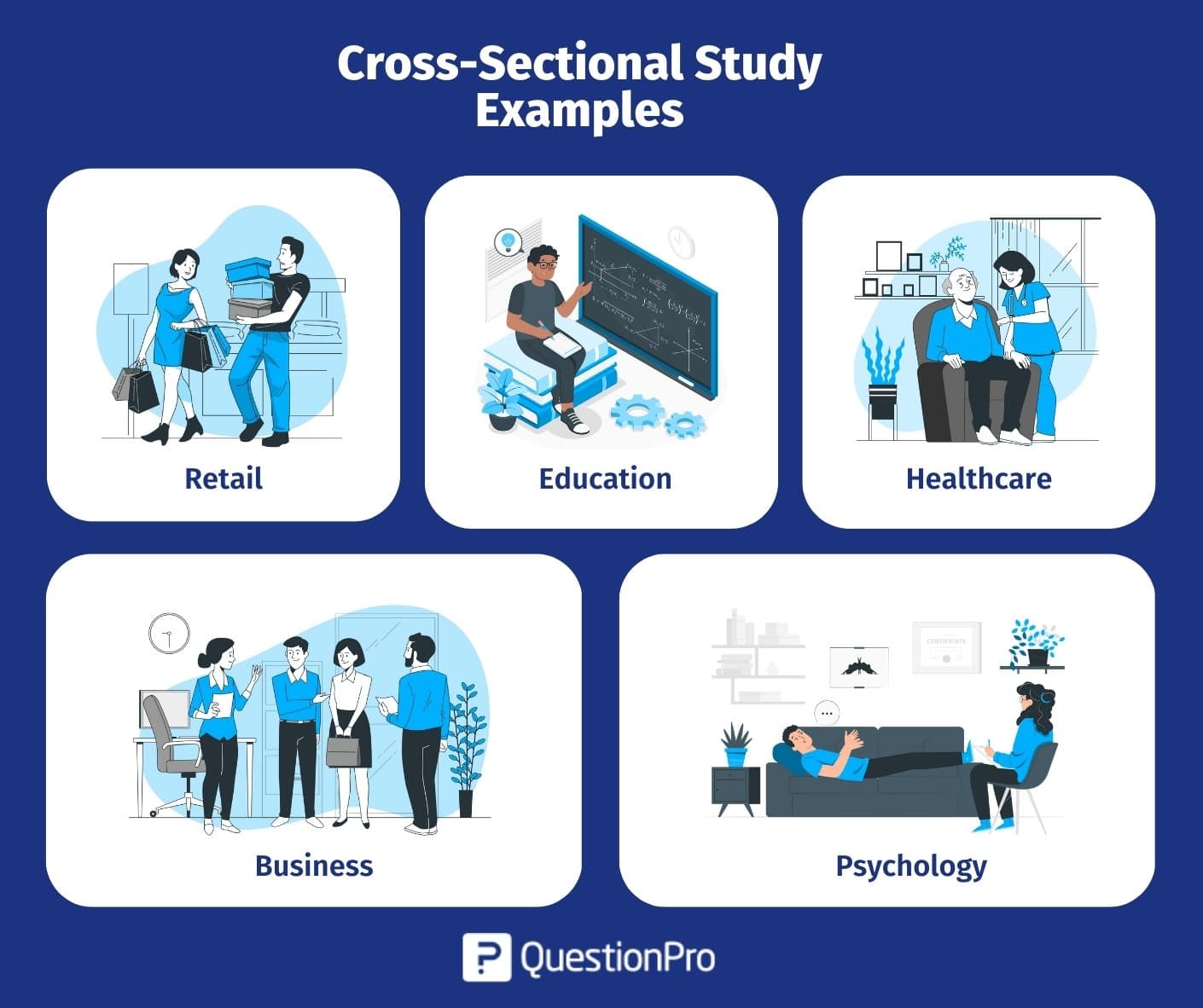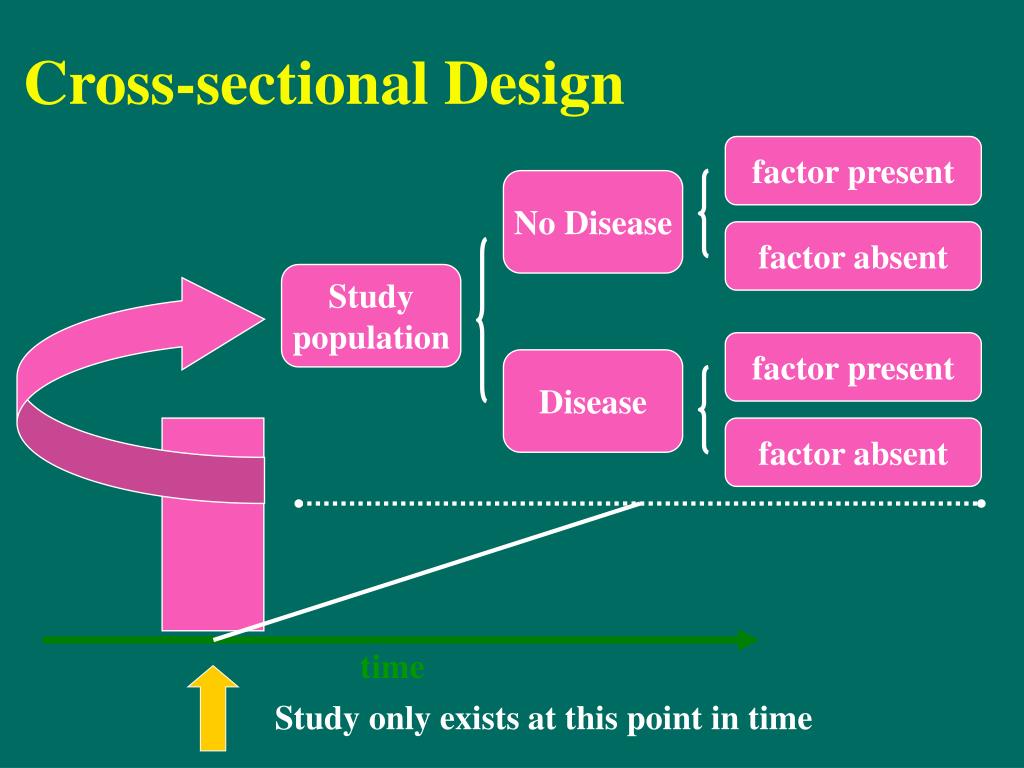Table Of Content

This study showed a positive association between BMI and poor mental health (anxiety and depression) among Chinese nurses during the COVID-19 pandemic, particularly in those who were overweight or obesity. Participants with elevated BMI, impaired sleep quality, and diminished scores in perceived organizational support, efficacy, hope, resiliency, and optimism exhibited an increased likelihood of developing depression, as indicated by the univariate analysis. A greater proportion of individuals with depression exhibited concurrent alcohol consumption, had siblings, encountered significant life events, had infrequent social interactions with friends, had employment tenure exceeding five years, and worked in excess of 40 h per week. The factors stated above exhibited statistical significance in the univariate analysis, as shown in detail in Table 1. The present cross-sectional investigation was carried out at a Chinese hospital throughout the period from March 2022 to April 2022.
Are cross-sectional studies qualitative or quantitative?
(PDF) The socioeconomic burden of spinal muscular atrophy in Saudi Arabia: a cross-sectional pilot study - ResearchGate
(PDF) The socioeconomic burden of spinal muscular atrophy in Saudi Arabia: a cross-sectional pilot study.
Posted: Sat, 30 Mar 2024 16:16:34 GMT [source]
Most of the respondents were male (66.7%), middle-aged (44.5%), ever married (85.4%), at least graduates (62.0%), job holders (44.6%), and Muslims (91.4%). Regarding family income, 44.0% of the respondents claimed that their family earned – Bangladeshi taka monthly. More than three-fifths of the respondents (64.3%) reported having at least one child under 15 years of age in the household. Three-fourths of the respondents (76.5%) lived in private MUH complexes, and 58.4% lived in rented flats. By place of residence, more than one-third of the respondents (34.7%) were from Dhaka City, and 10.9% were from Chattogram, Rajshahi, Khulna, Sylhet, Barishal, and Rangpur cities each.
Disadvantages of a cross-sectional study

Information was gathered through a questionnaire that individuals completed themselves. The mental health of the participants was assessed using the Patient Health Questionnaire-9 and the Generalized Anxiety Disorder Assessment-7. Binary logistic regression was used to calculate adjusted odds ratios (ORs) and their corresponding 95% confidence intervals. 4) The mediating effect of flow on the relationship between simulation design and simulation educational satisfaction was examined using simple and multiple regression analyses based on the methodology of Baron and Kenny’s three-step procedure. This highlights the value of the flow experience in enhancing intrinsic motivation in remote learning, which depends on learners’ self-direction, and in producing excellent learning outcomes [19].
Cross-sectional vs. longitudinal studies
All nursing students who fulfilled the study’s inclusion criteria were invited to participate in the optional survey. The exclusion criteria were on leave from school, or diagnosed with a significant mental illness or psychiatric disorder. It is critical to understand the key features of cross-sectional vs. longitudinal studies before you choose the study design to answer your research question. While both cross-sectional and longitudinal studies are observational, not requiring manipulation of the study environment, they differ in a number of ways (Table).
The survey was carried out at three Korean universities using a non-probability convenience sampling design, which calls into question the generalizability of the findings. A large-scale study on nursing students from Korean universities in different cities and regions could provide better insight and generalizable findings on simulation satisfaction in Korean universities. Additionally, self-reporting surveys may produce skewed, exaggerated, or understated results influenced by social desirability.
Add to Collections
While this study cannot prove that overeating causes obesity, it can draw attention to a relationship that might be worth investigating. Cross-sectional studies are also unique because researchers are able to look at numerous characteristics at once. Saul Mcleod, PhD., is a qualified psychology teacher with over 18 years of experience in further and higher education.
What is the strongest type of study?

Student feelings assume a fundamental part in comprehension that relates to the securing and moving of information and clinical abilities [28]. This cross-sectional study was conducted using 143 fourth-year nursing students who had participated in classes using simulations at three universities in Seoul, Daegu, and Jeonbuk. Demographic data, simulation design scale (SDS), flow in simulation, and the educational satisfaction scale in simulation were collected via an online questionnaire. The collected data were analyzed through t-test, ANOVA, Scheffé test, and Pearson’s correlation coefficient using SPSS 25.0. The mediating effect of flow was analyzed through the three-stage mediation effect procedure using hierarchical regression analysis and the Sobel test.
Cross-Sectional Studies: Strengths, Weaknesses, and Recommendations
Participants either have the condition or attribute at the time of data collection or not. Furthermore, there are no participant follow-ups; therefore, losing study participants during the study is not an issue. For serial cross-sectional surveys, investigators collect data in the same population over a specified period. For example, every three years, investigators repeat the body measurements among HIV patients to draw inferences about the patterns over time about obesity(Cummings, 2013). However, new samples are selected each time; therefore, each participant’s changes cannot be evaluated. It is important to note that the results may be affected by “people entering or leaving the population due to births, deaths, and migration” (Cummings, 2013, p.88).
A researcher might collect cross-sectional data on past smoking habits and current diagnoses of lung cancer, for example. While this type of study cannot demonstrate cause and effect, it can provide a quick look at correlations that may exist at a particular point. However, these datasets are often aggregated to a regional level, which may prevent the investigation of certain research questions. You will also be restricted to whichever variables the original researchers decided to study. Sometimes a cross-sectional study is the best choice for practical reasons – for instance, if you only have the time or money to collect cross-sectional data, or if the only data you can find to answer your research question were gathered at a single point in time.
For example, researchers may find that people who reported engaging in certain health behaviors were also more likely to be diagnosed with specific ailments. While a cross-sectional study cannot prove for certain that these behaviors caused the condition, such studies can point to a relationship worth investigating further. Cross-sectional studies are less expensive and time-consuming than many other types of study. They can provide useful insights into a population’s characteristics and identify correlations for further research.
If learners are not immersed in the simulation, their ability to achieve learning outcomes is not only affected but can also lead to anxiety, which can hamper their collaboration with their peers [11]. This suggests that a simulation design that increases physical, conceptual, and psychological fidelity is necessary to induce flow, as flow increases students’ motivation, enjoyment, and satisfaction with the learning process. The design’s inherent nature makes it inexpensive to conduct and can yield multiple independent (predictor) and dependent (outcome) variables (Cummings, 2013).
Although researchers get to analyze these variables, they do not manipulate them. The participants in this type of study are selected based on particular variables of interest. Cross-sectional studies are often used in developmental psychology, but this method is also used in many other areas, including social science and education. As discussed in the earlier articles, we have highlighted that in an observational study, the investigator does not alter the exposure status. The investigator measures the outcome and the exposure(s) in the population, and may study their association.
One of the advantages of cross-sectional studies is that data is collected all at once, so participants are less likely to quit the study before data is fully collected. Cross-sectional studies are observational in nature and are known as descriptive research, not causal or relational, meaning that you can't use them to determine the cause of something, such as a disease. Researchers record the information that is present in a population, but they do not manipulate variables.

No comments:
Post a Comment